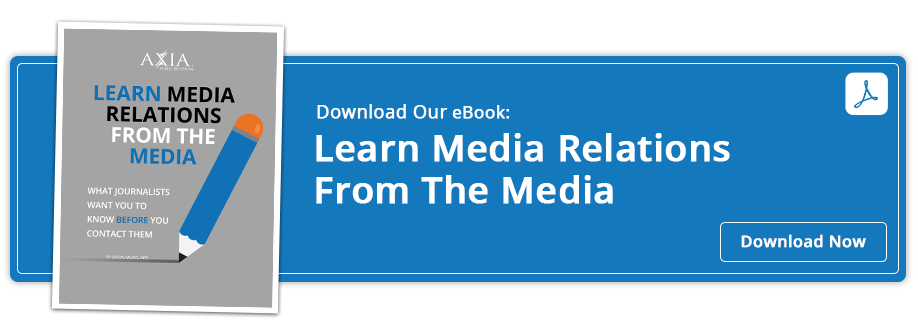The art of pitching: Find compelling narratives to resonate with audiences
By Lindsey ChastainAugust 21, 2024
Recent data shows focusing your pitch on a person's story leads to higher open rates and journalist interest.
 When trying to earn media coverage, many PR pros cram as much information as possible into their email pitches. But a recent analysis of pitches revealed that one of the best ways to capture a journalist’s attention is through a compelling human story.
When trying to earn media coverage, many PR pros cram as much information as possible into their email pitches. But a recent analysis of pitches revealed that one of the best ways to capture a journalist’s attention is through a compelling human story.
Audio: Listen to this article.
The analysis reviewed the subject lines of the most successful pitches out of more than 14 million. A clear trend emerged: Journalists were most likely to open pitches teasing an interesting person's narrative.
For example:
- "Teenager saves father's life on golf course"
- "This Female AAPI Founder Turned $12K into $12 Million in Just 2 Years"
- "Meet the man who owns 10 consumer product companies at 33 years old"
- "Evansville resident sharing story of his rare disease to help others"
What made these pitches so enticing to journalists?
Rather than sharing dry, impersonal facts, these successful pitches center around intriguing characters with unique stories. Their subject lines highlight novelty and lived experiences, teasing just enough eye-catching details to make journalists want to learn more.
Remember one of the fundamentals of storytelling in your media outreach: As humans, we are hardwired to connect with others. We have an innate curiosity and desire to pay attention when someone shares fascinating life stories.
When you craft your pitch around a person's narrative, you make it easier for journalists to pay attention, emotionally invest in the story, and want to share it with their audiences. You transform your pitch from disposable information into an impactful human experience.
Does this mean every pitch should profile someone? Not necessarily.
The takeaway is to always consider how you can frame your story around people. If your news doesn't revolve around a single person, communicate the human experience behind the story — the people it involves or affects.
Say you're pitching new data on consumer preferences. Rather than rattling off percentages, bring those numbers to life by painting a picture of the people behind the data points. Perhaps your pitch could open with a short vignette of a relatable person and their surprising shopping habits.
Or maybe you're promoting a new product. Instead of just listing its features, help the journalist envision the people it will benefit and what problem it can solve in their lives.
You can even make a pitch about a C-suite hire more interesting by considering the challenges they’re looking to tackle and how their backstory shaped their vision.
Media relations isn't about blasting your organization's preferred talking points to journalists. It's about sharing stories that resonate with their audiences.
For more tips like these, register for Axia’s free 60-Second Impact, packed with tips and tools for using PR to grow your company.
Photo by Christina Morillo
Topics: media relations, earned media, news media


Comment on This Article